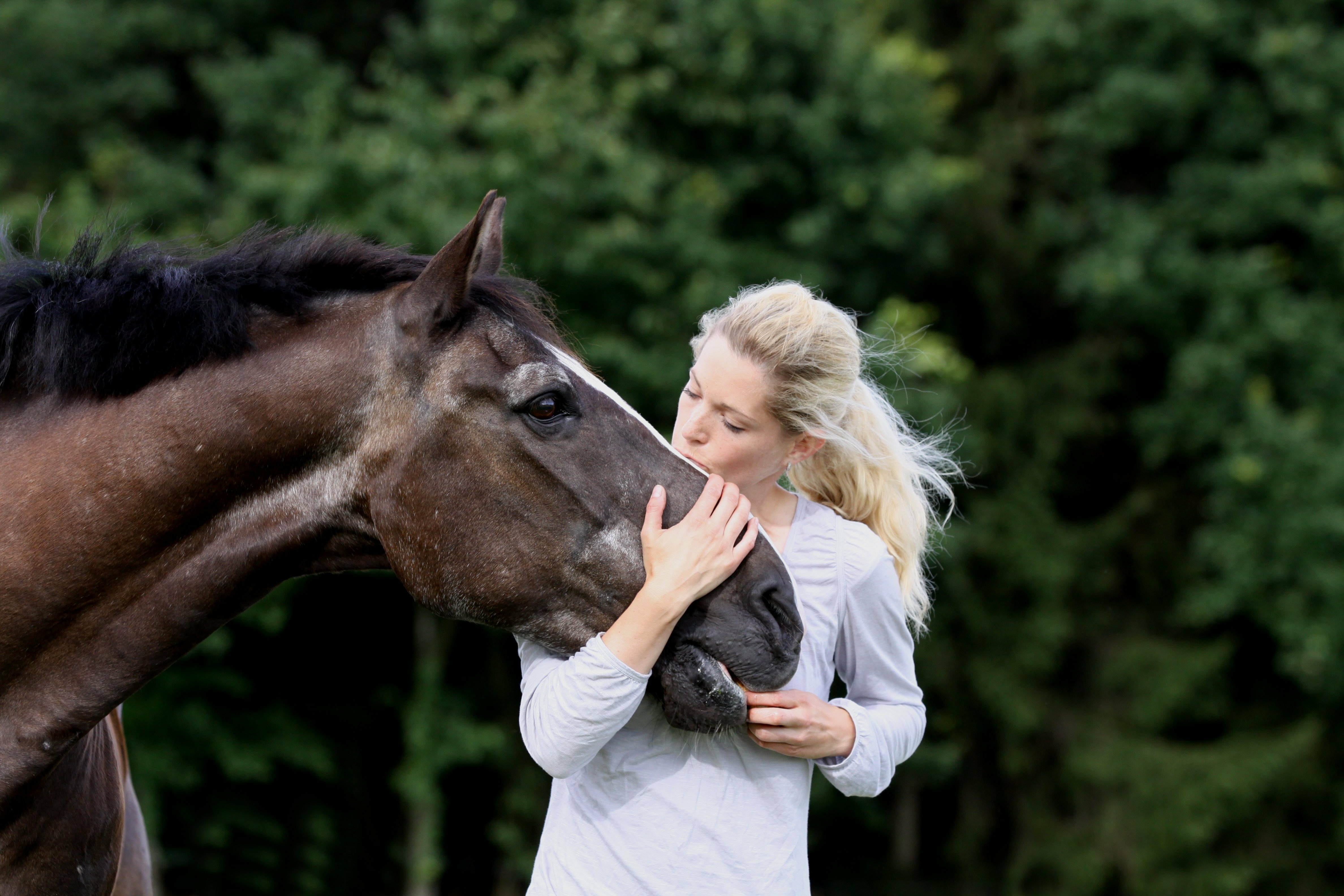Home > Horse Care > Spring health check for senior horses
Spring health check for senior horses
- April 24, 2024
- ⎯ Editors of EQUUS
Your senior horse’s spring health check needs to focus on these five areas:
1. His coat. From 60 to 70 percent of horses over the age of 20 develop pituitary pars intermedia dysfunction (PPID, or equine Cushing’s disease), and one of the most noticeable signs is a winter coat that does not shed out normally. Contact your veterinarian if your horse’s coat remains long and shaggy well into spring. If he is diagnosed with PPID, the condition can be controlled with the drug pergolide, but for this year you may need to clip him to make him more comfortable.

2. His joints. Over time, most horses develop some degree of osteoarthritis. Overworking an arthritic horse aggravates the pain and stiffness of sore joints, but too little activity isn’t helpful either. Moderate exercise stimulates circulation, strengthens muscles and helps keep his weight under control. In addition, your veterinarian may suggest medications to ease discomfort and aid healing and/or supplements formulated to support joint health.
3. His teeth. A horse who has difficulty chewing hay or feed is at risk for a number of ills, including colic, malnutrition and choke. Regular dental examinations–ideally every six months–will identify and address issues such as uneven wear, cracked teeth and gum disease before they take a toll on a horse’s ability to eat.
4. His body condition. Keep tabs on your horse’s body condition and consult your veterinarian or an equine nutritionist if he’s getting too fat or too thin. Many older horses benefit from switches to easy-to-chew forages and/or higher calorie senior feeds. Implement any changes slowly to protect his digestive health. Also ask if your horse might benefit from a supplement. A number are available that can add vitamins and minerals to his ration as well as support joint and digestive health.
5. His feet. Make sure your horse’s farriery regimen is still appropriate. Does he still need shoes? Is going barefoot still the best for him? Also consider whether his feet are getting trimmed often enough.
Don’t miss out! With the free weekly EQUUS newsletter, you’ll get the latest horse health information delivered right to your in basket! If you’re not already receiving the EQUUS newsletter, click here to sign up. It’s *free*!





